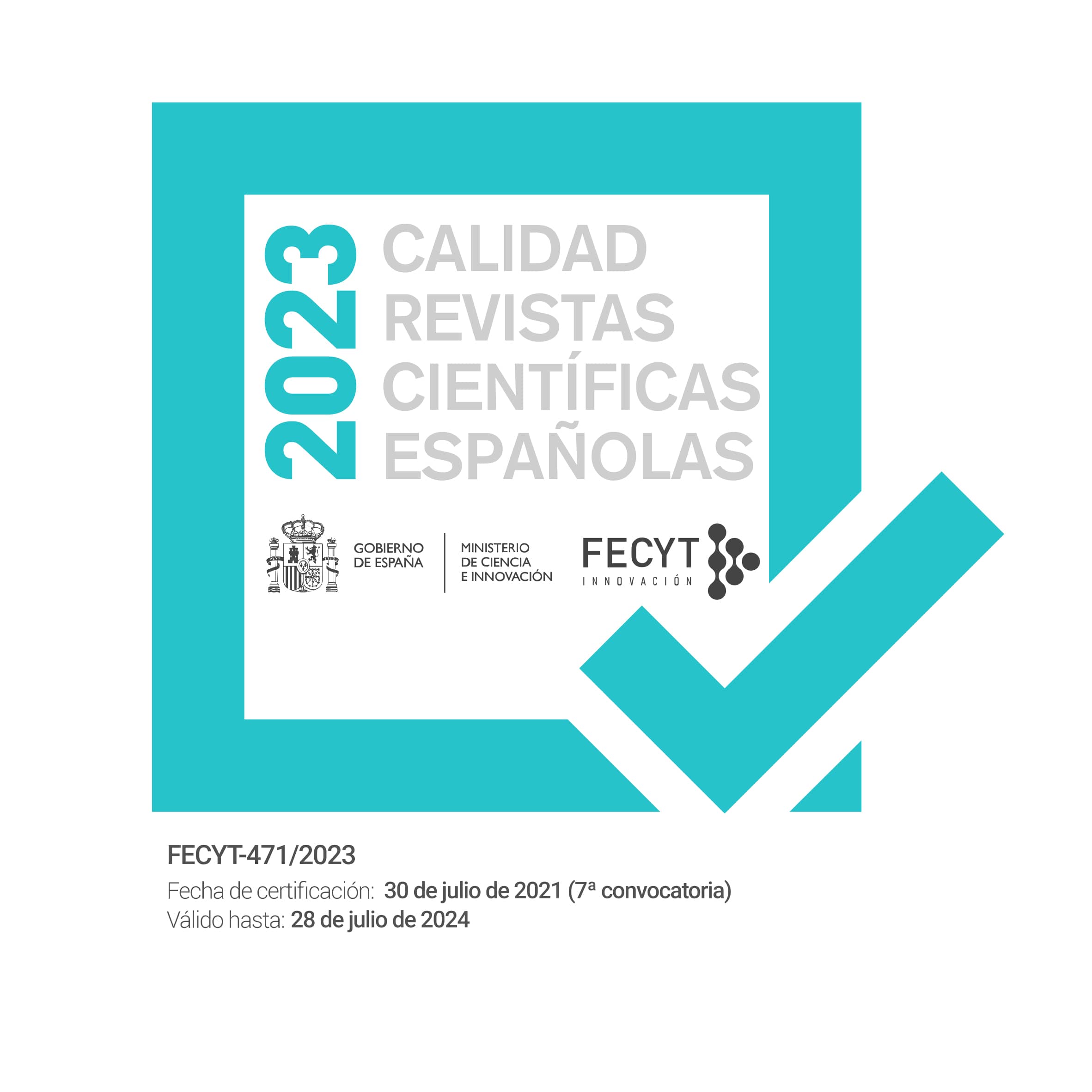Aging with AIDS or AIDS in aging: an epidemiological profile in a University Hospital in Rio de Janeiro
Abstract
The study aims to identify the epidemiological profile of HIV / AIDS in the population of women of 60 years and more at a University Hospital and to describe the elements characterizing the infection in this population taking into account considering gender issues. This documentary research seeks to, to present the characteristics involved in the infection of these women. An empirical sample was selected from the population treated at the hospital. The sample was representative, in order to reflect behavior.The results revealed the epidemiological profile of the clientele from the reds of 106 individuals, aged 60 and over, 57 male and 49 female. Excluded were women who did not contain data related to education, marital status, date of diagnosis (laboratory confirmation) and the form of contamination. 34 records were then analysed, concluding that the profile of women aged 60 and older at the Hospital Universitario confirms the current data in the country, and highlighting within this group the proportion of single women and widows, 29% and 35% respectively, who are infected by heterosexual relations, and characterizing the incidence in women who were alone.
Downloads
The works published in this magazine are subject to the following terms:
1. The Publications Service of the University of Murcia (the publisher) preserves the copyright of the published works, and encourages and allows the reuse of the works under the license for use stated in point 2.
© Servicio de Publicaciones, Universidad de Murcia, 2011 (© Publications Service, University of Murcia, 2011)
2. The works are published in the electronic edition of the journal under Creative Commons Reconocimiento-NoComercial-SinObraDerivada 3.0 España(texto legal) “ a Attribution-NonCommercial-NoDerivatives 3.0 Spain license (legal text)”. They can be copied, used, broadcasted, transmitted and publicly displayed, provided that: i) the authorship and original source of their publication (journal, publisher and URL) are cited; (ii) are not used for commercial purposes; iii) the existence and specifications of this license is mentioned.
3. Conditions of self-archiving. Authors are allowed and encouraged to electronically disseminate the pre-print (pre-reviewed ) and / or post-print (reviewed and accepted for publication) versions of their works prior to publication, as it ensures a wider circulation and dissemination which may lead to a possible increase in its mention and a higher scope among the academic community. RoMEO color: green.













